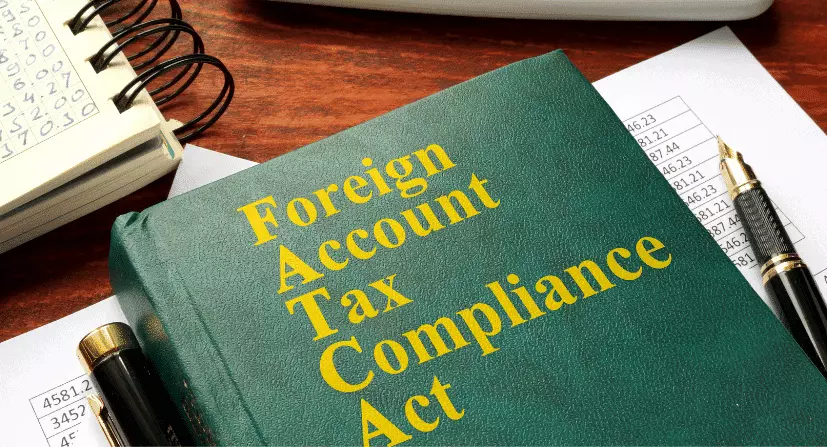Confused about which tax-saving scheme you should invest in?
Here is a glimpse of the various scheme available at your disposal for tax saving and earning some returns in the long term. The most commonly used scheme is that of provident fund (PF); wherein you and your employer contribute towards your post-retirement finances. But with time, other options have also become popular like:
ELSS
Equity Linked Saving Scheme (ELSS) like its name suggests it an equity-driven investment into mutual funds having tax benefits under section 80C of the Income Tax Act 1961. ELSS is an equity-oriented mutual fund with a three-year lock-in period. While you can claim a deduction up to Rs1.50 Lakhs under section 80C upon investing into ELSS; on its maturity at the end of three years, the funds would be treated as a long-term capital gain asset and taxed @ 10% of net gains exceeding Rs.1 Lakh.
Other than providing tax savings, ELSS offers a higher margin over the long term as compared to other investment options under section 80C. Remember as ELSS is an equity fund, it comes with similar risks and returns as than in any other investment done through the market.
Fixed Deposits:
Tax-saving fixed deposits made through the post offices and banks provide you with the most security to your principal amount and a fairly fixed return. Such investments are allowed as a deduction at the time of investing under section 80C; whereas the interest income is taxed as per your slab rate. Although the FDs having five year lockin period gives the investors the choice of either yearly or quarterly or monthly interest payments and also gives an option to re-invest the interest component till the maturity of the deposit.
PPF
Public Provident Fund (PPF) is a government-managed fund. One of the safest investment options available under section 80C. Government usually maintains the interest rate of PPF between 7 to 8 percent per annum. Its also known for its EEE feature, ie, the investment amount is exempt at all the stages – be it at the time of investment, or accumulation, or withdrawal. The lock-in period for PPF is 15 years although partial withdrawal is allowed from its seventh year, whereas a premature closure is allowed after five years for specified reasons. Your investments should start off as low as Rs.500 to Rs.1.5 lakhs in a financial year be it monthly investments or an annual lumpsum.
ULIP
Unit Linked Insurance Plan (ULIP) is a unique financial instrument that is a combination of life insurance policy and investment. Along with an initial lumpsum payment for ULIP, you must opt for either annual, or half-yearly, or monthly premium payments. A part of this is used for your life insurance cover and the remaining is invested by financial managers into a mutual fund-like instrument to suit your requirements from the plan. This invested portion usually attracts returns. The lockin period for ULIP is five years and you could change your preference of investment from equity to debt to balance as per your needs and market conditions.
Budget 2021 has approved a tax exemption for the maturity of ULIP whose annual premium where up to Rs.2.5 lakhs (this cap is applicable for policies taken on or after February 1, 2021). Those non-exempt ULIPs would be treated at par with any other similar mutual funds for taxable purposes. The Act, however, exempts the entire amount received on account of death without any annual premium clause.
NPS
National Pension Scheme (NPS) allows you to plan your retirement through market-linked investment. As per section 80C, only an amount of Rs.1.5 lakhs is allowed as a deduction; but NPS investments attracts an additional deduction under section 80CCD(1B) of Rs.50,000/-. Like PPF it\’s a EEE instrument having the initial investment/ corpus fun being exempted and the withdrawal at maturity is also tax-free.
NSC
National Savings Certificate (NSC) is highly popular among small investors. This scheme is provided through the Postal department and provides fixed interest rates in order to promote savings to small and medium-income individuals. While the interest and principal are tax-free under the Act, the lockin period is five years.
Depending upon your own individual risk appetite and your needs, you must plan your finances. Take your time to learn and complete research before investing in any investment program.





